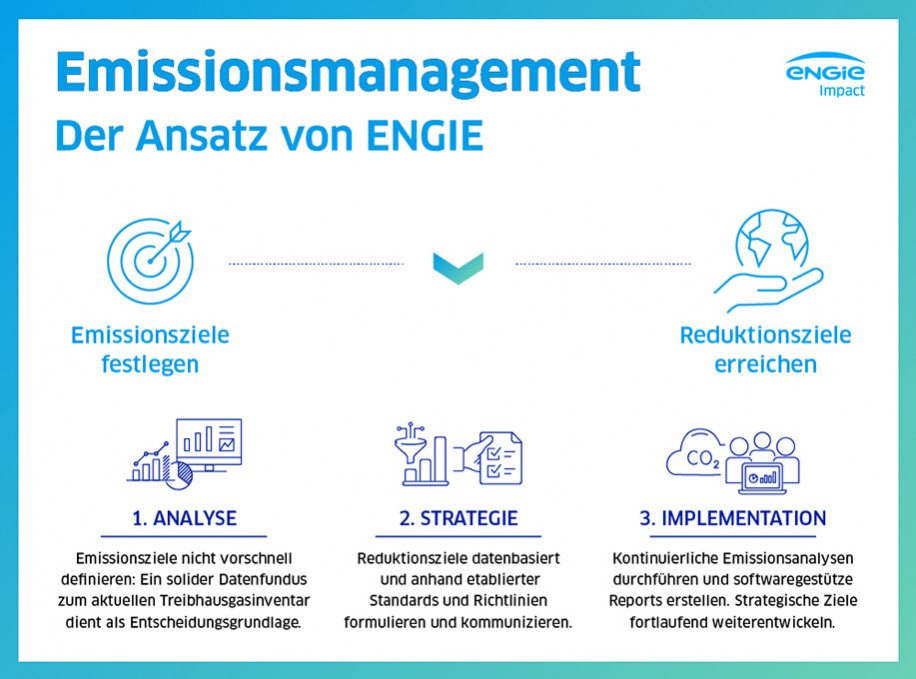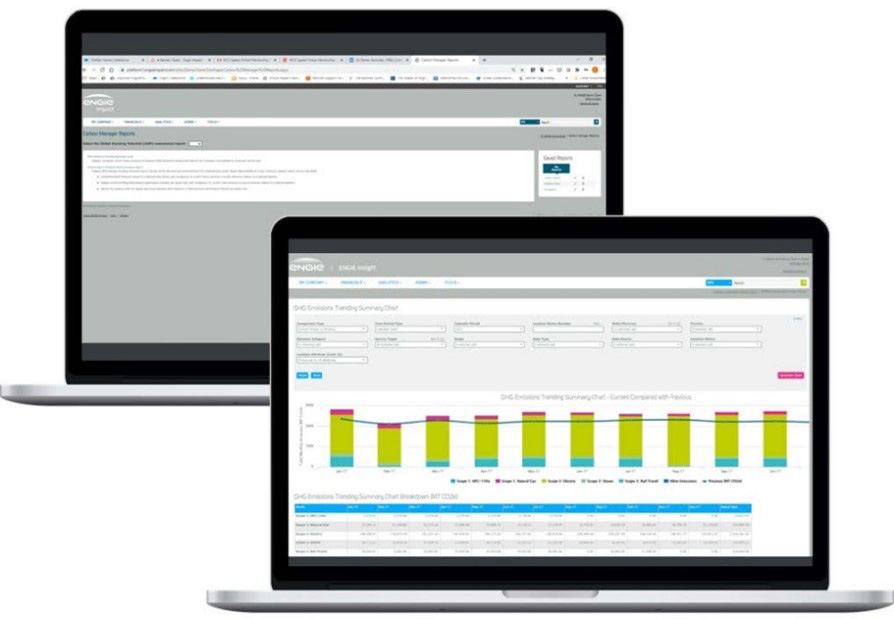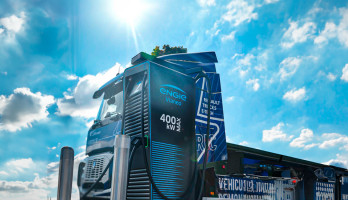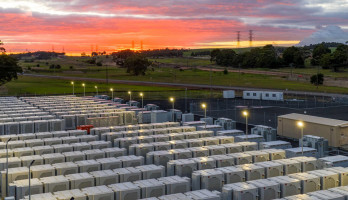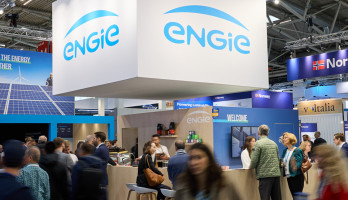
Towards becoming a climate-neutral company
The world is changing. Business as usual no longer works. So far, so much is clear. But on the long-distance run to Zero Carbon, many players are left behind. Is it a lack of ambition? On the contrary, becoming a climate-neutral company is a key factor for sustainability. Most of the players are fully aware of this. In a study by Ernst &Young, 90 percent of the companies surveyed said they had climate protection and CO2 emissions as a major issue on the agenda.
However: The challenges to become a climate-neutral company are manifold. While external stakeholders such as investors and customers are increasingly exerting pressure, new compliance requirements and standards must be met internally. Transparency is more important than ever. Since 2017, large, capital market-oriented companies have been obliged to report on environmental issues. On top of that, there is the Corporate Sustainability Reporting Directive. The new EU regulation also requires mandatory sustainability reporting for small and medium-sized enterprises from the financial year 2023.
Providing information about " green doings" is no longer just part of good practice. It is the basis for trust, especially for investors, customers and business partners. It is about reputation and brand loyalty in an increasingly environmentally critical society. At the same time, the economic requirements are increasing: High energy prices, rising CO2 certificate prices, compliance fees and the restructuring of entire value chains are hurdles on the way to becoming a climate-neutral company that should not be underestimated – and all this in the face of limited resources.
Postponed is not abandoned: Why CO2 compensation is not the answer
Methods for CO2 compensation can be a first or last step of a decarbonization roadmap – but they are not effective overall. To "neutralize" emissions by planting trees or other nature conservation projects should only serve as a solution for inevitable emissions. There is no question that such measures make sense in the short term and undoubtedly have their environmental benefits. But the real problem remains: The emission of too many greenhouse gases.
More and more companies are realizing that climate neutrality and a green image cannot be bought with compensations. For example, the care product manufacturer Nivea is consciously going a middle way: In the case of product advertising, we are no longer talking about climate-neutral products, but about "climate-neutralized" products. Nevertheless: Zero Carbon means bringing your own emissions budget to zero in the long term – without any compensation effects.
Do good and talk about it – but how?
Although many companies already have a committed sustainability strategy in place, an important foundation for its implementation is missing: Data, data and data. For example, many companies are not aware of how large their own CO2 footprint is, let alone how it can be determined and communicated. However, standards can pave the way to a climate-neutral company. Frameworks such as the guidelines of the Global Reporting Initiative (GRI) or the German Sustainability Code (DNK) help to make environmental performance measurable. They present principles and indicators to report on positive and negative environmental returns in a transparent manner. In addition, these instruments give companies orientation in sustainability management.
Furthermore, standardized reports help stakeholders to assess a company's sustainability efforts. The Carbon Disclosure Project (CDP), the world's largest database for environmental data, is one of the tools for this. Once a year, companies have the opportunity to register their sustainability efforts using a standardized questionnaire.
A recommendable instrument for determining a company's climate balance is the Greenhouse Gas Protocol (GHG) – to which ENGIE, for example, has also committed itself. This global standard allows companies to account for emissions and to create their own greenhouse gas inventory. The Protocol covers the entire value chain in three areas:
- Scope 1: direct emissions from, among others, the operation of own energy consumers and vehicles
- Scope 2: indirect emissions from purchased energy sources (e.g. electricity, heat and steam)
- Scope 3: indirect emissions from upstream and downstream processes inf the supply chain (e.g. waste management, business travel or the production of purchased products)
Emissions Management – Creating transparency &taking strategic action
In order to map, understand and effectively manage environmental influences along the value chain, comprehensive emission monitoring is required. Ultimately, it is about the strategic and data-driven handling of the emissions generated by our own actions. In this respect, the term emission management or also carbon management has established itself. Emissions management is the cornerstone of any sustainability strategy. It helps companies ...,
- analyze their own CO2 footprint
- formulate realistic emission targets
- develop fact-based reduction strategies
- generate reports according to established standards
With software-based emission management towards becoming a climate-neutral company
Guidelines provide the framework for emissions management. There are also software solutions for emission control. An emissions analysis and reporting software helps companies to centrally capture and calculate their global emissions. This is a massive undertaking that would not be possible without a professional tool.
ENGIE Impact's CDP-accredited Carbon Manager software helps companies manage emissions.
Emissions analysis and reporting software make it possible to make year-to-year comparisons and measure reduction progress. Furthermore, it provides a deep insight into its GHG greenhouse gas inventory – centrally via just one tool. In this way, Scope 1 and Scope 2 emissions can be correctly accounted for and the Scope 3 range can be systematically viewed. It is also possible to identify emission drivers, to analyze regions and locations with regard to their climate balance and to make strategic decisions for renewable energies. Last but not least, the software allows comprehensive and convenient reporting in compliance with established standards.
Green light for a climate-neutral company
Helpful guidelines and tools are already available for the path to a climate-neutral company. Those who deal with the frameworks and use emission analysis and reporting software gain not only an overview but also a solid roadmap for the future. The individual stages of the roadmap then enable concrete implementation, for example with a professional contractor. The credo is: inform, analyze and act consistently, instead of losing the courage to face the economic and legal challenges of climate change.
We would be delighted to advise you on this and help you plan your sustainability strategy. Just contact us.
Our Expert

